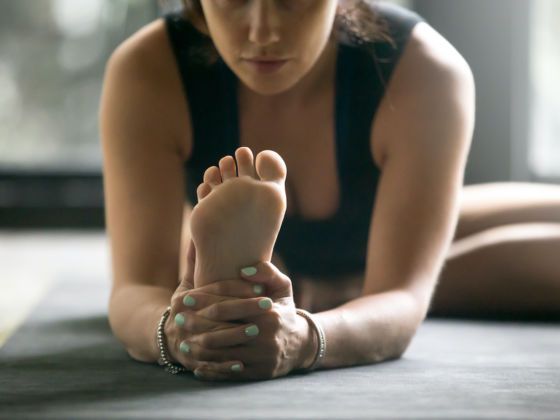A STUDY PUBLISHED last month by USA Track & Field debunks the traditional belief that doing static stretches before running helps to prevent injuries.
Although the findings are limited to pre-event stretching, they come as a surprise to many runners who grew up attending gym classes and team practices where stretching was a required part of warm-ups. In the USATF study, researchers collected data from a group of 3,000 runners. One randomly-selected group performed a static stretching routine before training or competing, and the rest did not.
